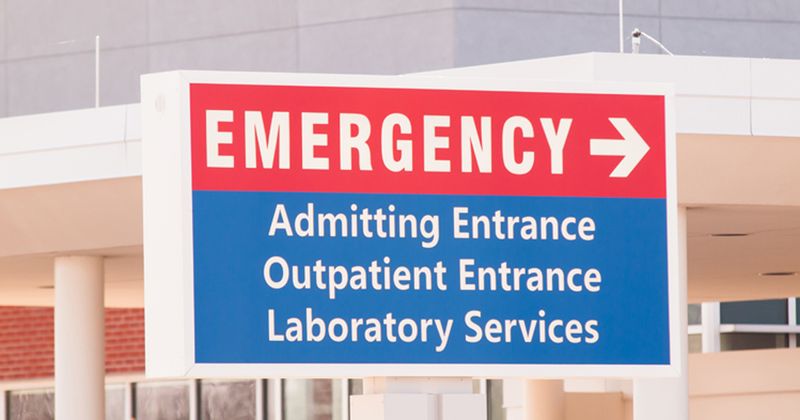ART ‘starter packs’ help link patients to HIV care from emergency department
Key takeaways:
- A hospital in California offered patients who tested positive for HIV in the emergency department 14 days of ART.
- Patients who received the “starter packs” were less likely to be lost to follow-up.
A hospital in California offered patients who tested positive for HIV in the emergency department an initial 14-day supply of ART, believing it would minimize treatment barriers and encourage them to seek outside care.
The program showed promise. According to findings published in Open Forum Infectious Diseases, almost 90% of patients who were offered a “starter pack” of HIV treatment in the ED accepted it and more than 80% of them followed up at a clinic.

“Our program is unique in that emergency physicians provided rapid ART for patients with a preliminary new HIV diagnosis ... as well as those with a previous HIV diagnosis who were treatment naive,” Douglas A.E. White, MD, and colleagues at Alameda Health System in Oakland, California, wrote.
“The protocol was developed with strict exclusion criteria by using an embedded electronic health record checklist to maximize the safety of emergency physician-administered ART: a design that aimed to facilitate availability 24 hours a day without reliance on specialty consultation,” they wrote.
Most patients who tested positive were ineligible for the rapid ART packs, according to the protocol, including a large proportion of patients who were ineligible because of previous ART use, which increases the risk for ART resistance. White and colleagues referred these patients to an HIV specialist first.
During the 1-year study period, 10,606 HIV tests were performed at Alameda, with 106 coming back positive. Of these, 31 patients were eligible for rapid ART, 26 were offered it, and 25 accepted for an overall 23.6% ED rapid ART treatment rate. Two patients who received ED rapid ART were later confirmed to be HIV negative.
White and colleagues said they settled on 14 days of treatment because they thought it would be enough to “bridge the gap” between the ED visit and an initial appointment. They polled HIV physicians to determine which ART medication to offer, ultimately settling on once-a-day bictegravir/emtricitabine/tenofovir alafenamide.
According to White and colleagues, patients who were provided rapid ART in the ED were more likely to follow up within 30 days than those who were not (82.6% vs. 50%).
The researchers noted that more than half of patients assessed for ED rapid ART had previously been diagnosed with HIV and nearly 90% reported previous ART use. Although the researchers said this may represent a missed opportunity for reengaging these patients in care, additional testing and treatment may be necessary, which is why they did not receive rapid ART.
The protocol, entirely overseen and executed by emergency physicians once implemented, has the potential to increase early HIV treatment, the authors wrote.
“We show that it is feasible for emergency physicians to follow an institution-specific protocol, with guidance from a peer colleague and navigators, to integrate rapid ART delivery into an ED that supports HIV screening,” White and colleagues wrote in the study.

